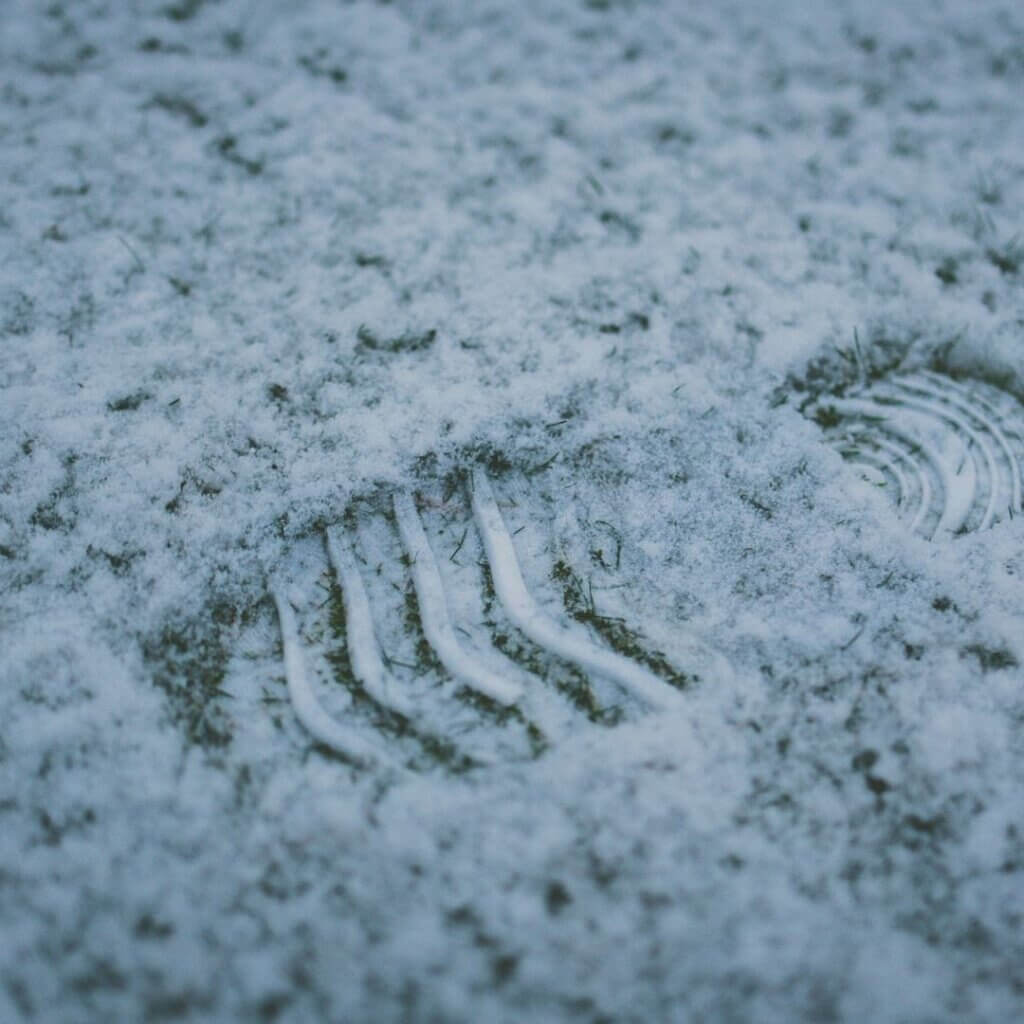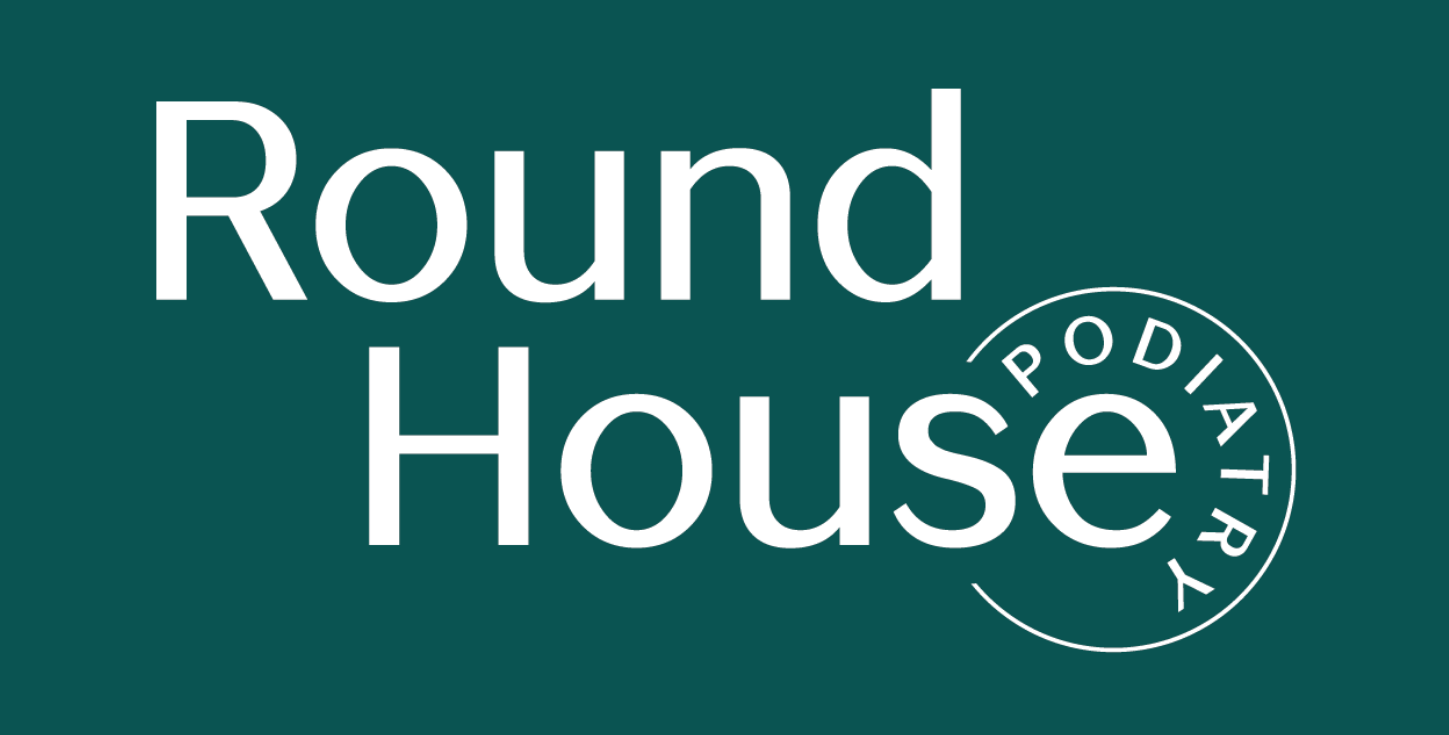
Raynaud’s Awareness Month
February marks Raynaud’s awareness month. So, what is Raynaud’s, and what does it have to do with Podiatry?
What is Raynaud’s?
Well, Raynaud’s is a condition that affects the circulation in the extremities, mainly the hands and feet, but it can affect other areas such as the nose, ears and lips. In people affected by this condition, the circulation to the hands and feet becomes reduced in cold conditions, although stress and anxiety can trigger symptoms too.
When our bodies are exposed to cold, the small blood vessels near the skin surface at the extremities become narrow to help keep the body’s core temperature steady. People with Raynaud’s may notice their fingers and toes turn white or blue in the cold, and they may feel numb. When these extremities warm up again, they can become red and painful as the blood flow returns, with a burning sensation.
Tell me more?
It is a common condition, affecting around 10 million people in the UK. It is more common in women, but anyone can be affected.
There are two types of the condition. Primary Raynaud’s is the most common, also known as Raynaud’s disease. In these cases, it occurs without any underlying cause. In secondary Raynaud’s, or Raynaud’s phenomenon/syndrome, it occurs due to an underlying connective tissue disorder such as scleroderma. It is thought only 10% of people who have Raynaud’s symptoms have the secondary form.
Raynauds and Podiatry
So, what does all this have to do with Podiatry? Well, as it commonly affects the feet, it is a condition we see lots of in clinic. In fact, Anna has Raynaud’s herself! It can lead to chilblain formation (although having chilblains doesn’t necessarily mean you have Raynaud’s!).
We see plenty of patients who have these symptoms, and here are our top tips for keeping your feet tip-top and the symptoms at bay.
Our top tips!
- Try to keep your body (and feet!) temperature steady. Avoid extreme changes in temperature where possible. If your feet and hands do get cold, try to resist the temptation to warm them back up too quickly.
- Make sure your footwear has a good, thick sole. Especially in winter. This keeps your feet away from cold, icy surfaces.
- Shoes should be a good, wide fit with room for thicker socks and a thermal insole if possible.
- Keep your whole body warm! Wear layers, wear a hat, gloves etc. keeping your core body temperature warm really helps.
- Avoid tight clothing that can restrict the blood flow further.
- Layering up with socks works a treat. Our favourites are 2 layers – merino wool for one layer, bamboo for the other. Not only are natural fibres great insulators, but it adds a layer of air between which also helps insulate.
- See your GP for a medication review. Some medicines like Beta Blockers can make symptoms worse, while others such as Nifedipine can help improve symptoms.
- Don’t forget to consult your Podiatrist too!
Frequently Asked Questions (FAQs)
Raynaud's Awareness Month, observed in October, aims to raise awareness about Raynaud's syndrome, a condition that affects blood flow to certain parts of the body usually the fingers and toes causing them to turn white or blue in response to cold or stress.
The main cause of Raynaud's syndrome is an overreaction of the blood vessels in the extremities to cold or stress, leading to temporary constriction and reduced blood flow.
Yes, Raynaud's is a chronic disease. It persists over a long period and requires ongoing management to control symptoms and prevent complications.
There is no cure for Raynaud's syndrome, but the symptoms can often be managed effectively with lifestyle changes, medications, and sometimes medical procedures to improve blood flow and reduce the frequency and severity of attacks.
Anna Conway
BSc (Hons), MCPod, SRCh, PGcert Podiatry
Owner, Lead Podiatrist


[…] If you want to know more about Raynauds and it's association with chilblains, you can read our blog post here […]